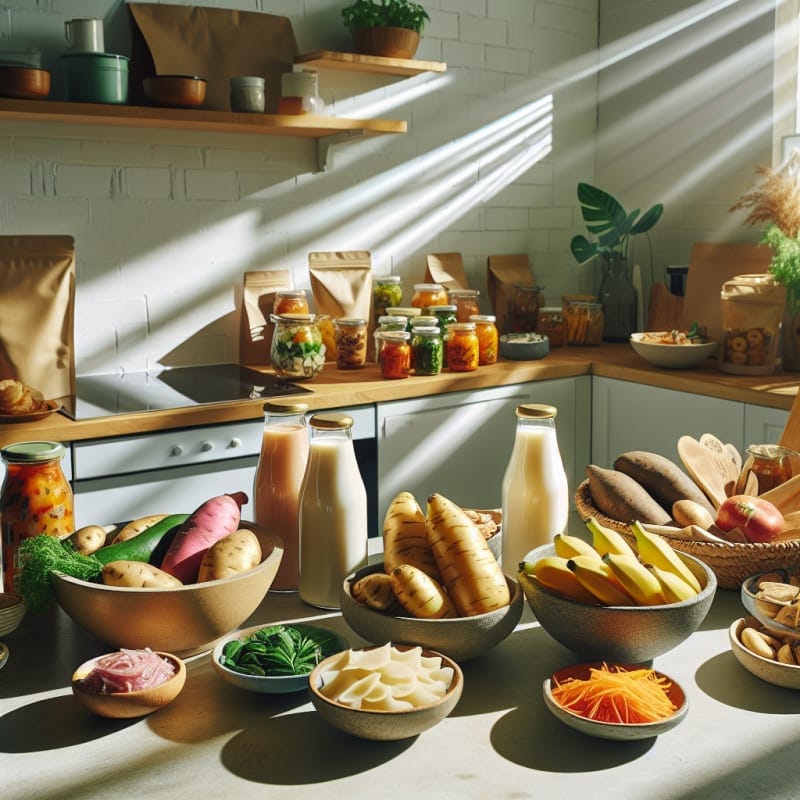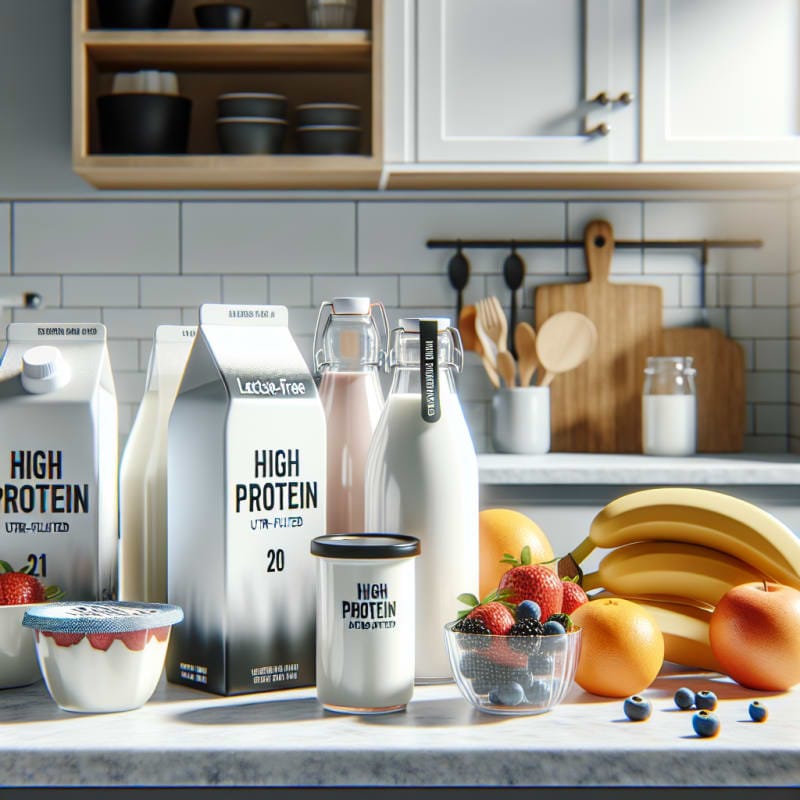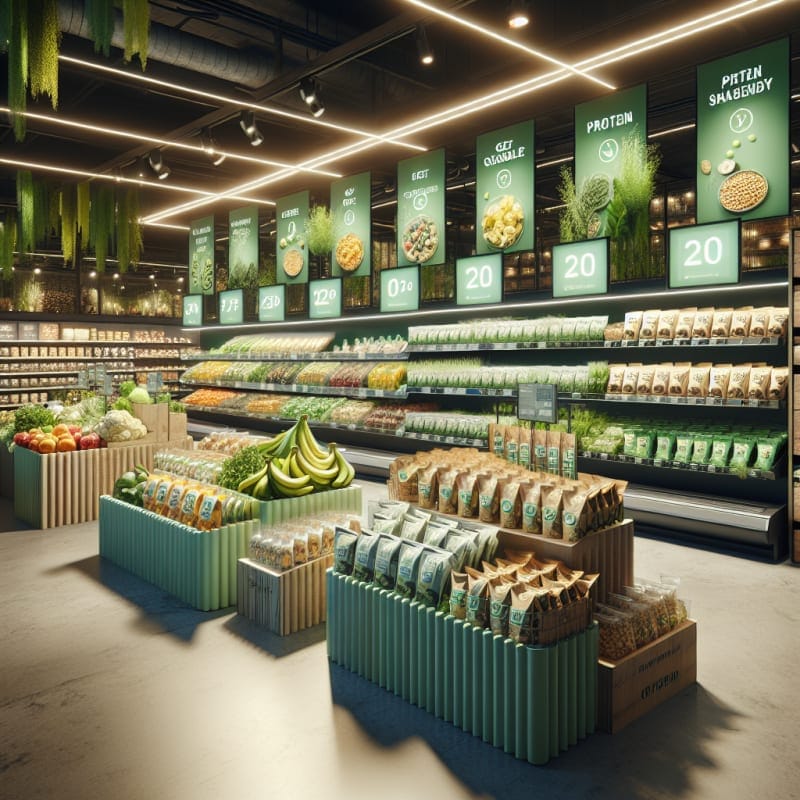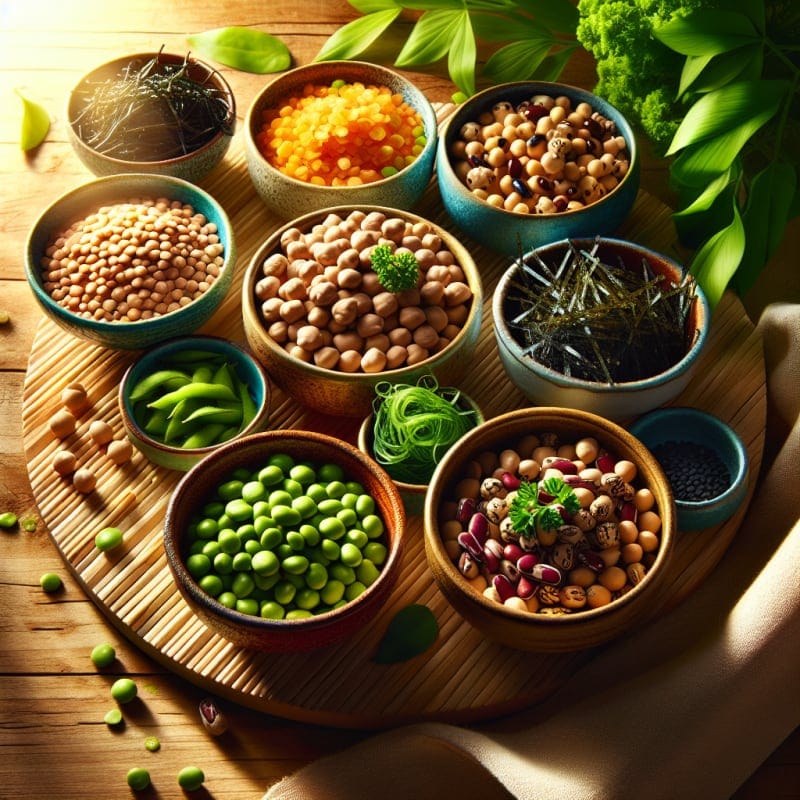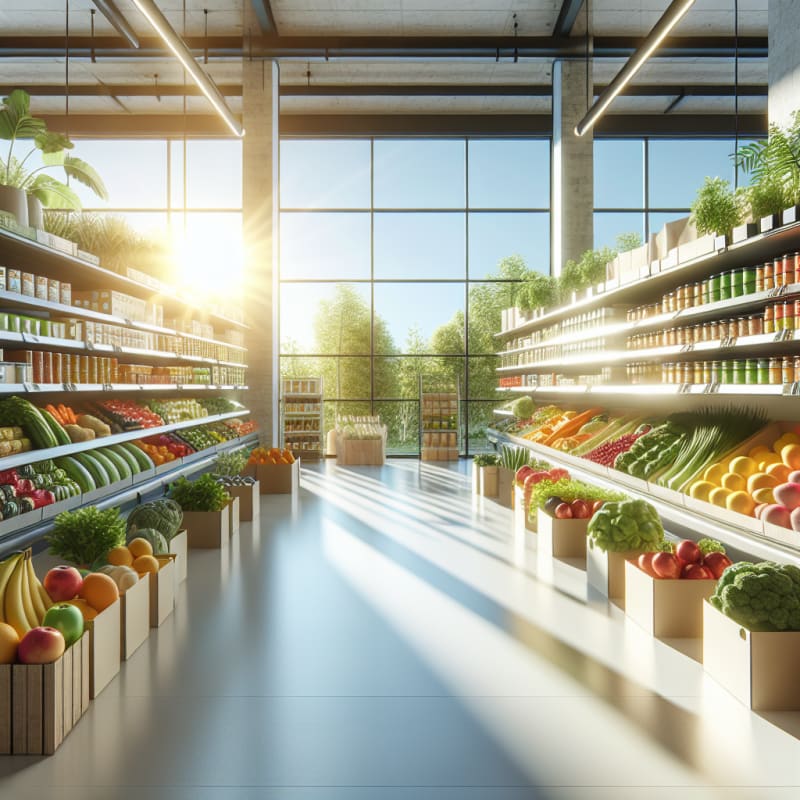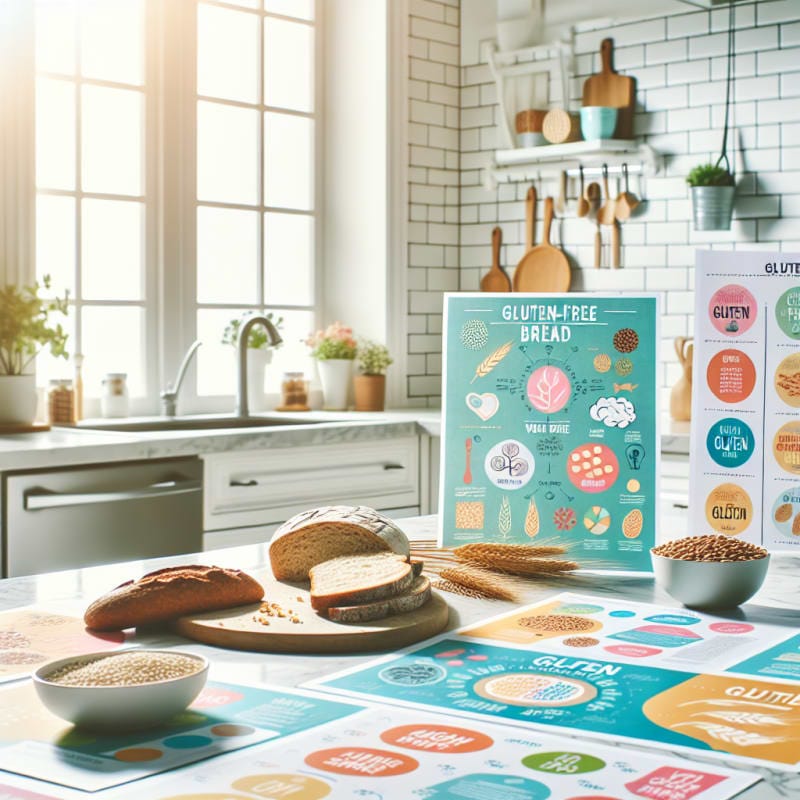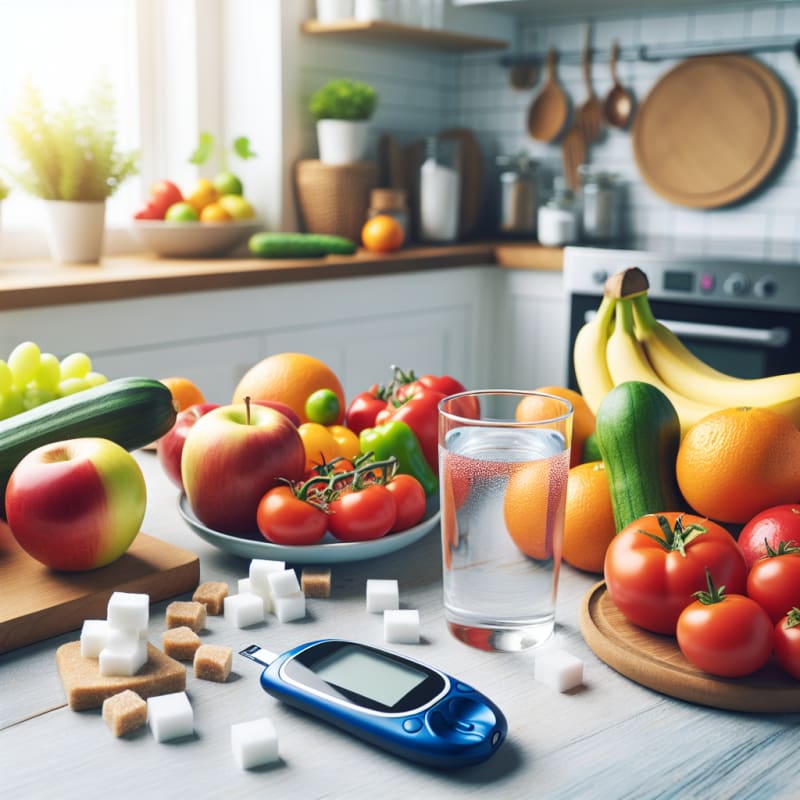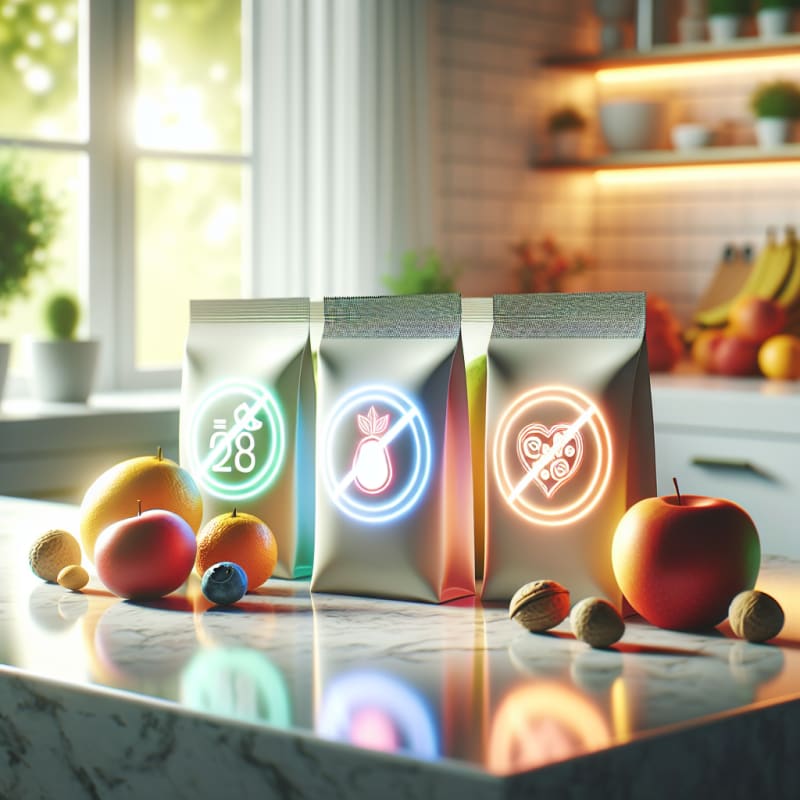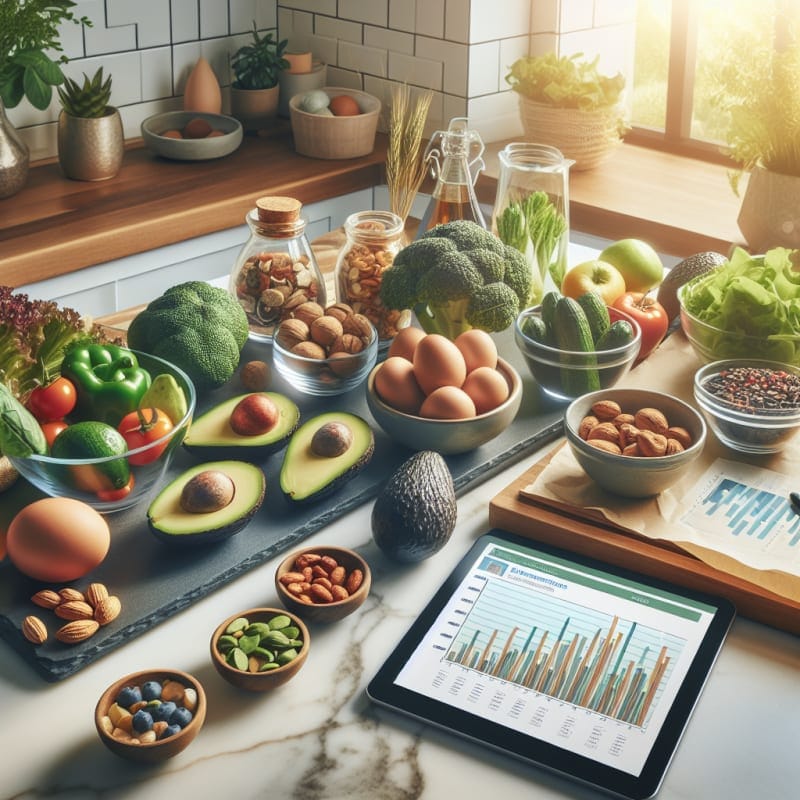Explore 2025’s top plant-based food trends—from high-protein vegan innovations to whole food ingredients like mushrooms and sea moss.
CRISPR Crops 2025: Boosting Food Security or Hidden Risks?
Discover how CRISPR gene-edited foods are reshaping food security in 2025—balancing innovation, nutrition, and safety concerns for a smarter future.
2025 Lactose-Free Dairy Trends: High-Protein Innovations for Sensitive Stomachs
Discover why lactose-free dairy is booming in 2025 with high-protein milk and yogurt innovations redefining nutrition for sensitive stomachs.
Organic Food Trends 2025: Protein Surge and Gen Z Driving $71.6B Growth
Discover 2025 organic food trends driving a $71.6B market boom—see how Gen Z and protein-rich innovations are shaping sustainable growth.
Swap the Processed: 9 Whole-Food Vegetarian Protein Swaps to Replace Vegan Meats
Discover easy whole-food vegetarian protein swaps with legumes and sea vegetables for healthier meals and sustainable eating in 2025.
FDA Artificial Food Dyes Ban 2025: Timeline, Impacts, and Natural Swaps
Discover how the FDA’s 2025 artificial food dyes ban impacts your grocery choices, health, and clean label trends for a safer, dye-free future.
Unmasking Gluten Sensitivity: Why 2025 Science Says It Might Not Be Gluten After All
Is gluten really to blame? Discover 2025 research revealing how FODMAPs and placebo effects may explain non-coeliac gluten sensitivity symptoms.
Sugar Sensitivity and Mental Health: How Blood Sugar Spikes Fuel Anxiety and Depression
Discover how sugar sensitivity affects mood. Learn the latest science linking blood sugar spikes to anxiety and depression.
Tree Nut Allergies Are Rising: What Parents and Food Makers Need to Know in 2025
Tree nut allergies are rising fast in 2025—discover why severity is increasing and how parents and brands can protect families with smarter food safety.
Keto’s 2025 Decline: Why Interest Is Dropping But Market Keeps Growing
Is the keto diet fading in 2025 or simply evolving? Explore market trends, health insights, and revival strategies for keto enthusiasts worldwide.

